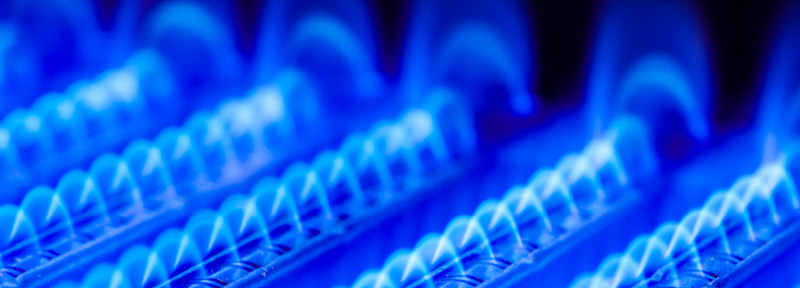
Many homeowners decide to install heat pumps because of their high efficiency and reliability. It’s important to maintain your system in order to get the most out of your heat pump.
Maximizing The Efficiency of Your Heat Pump
Proper Thermostat Adjustments
When you adjust the thermostat during the winter months, don’t make big jumps upward or downward in the temperature setting. Sudden upward adjustments can activate the backup heater, which is inefficient. Remember that heat pumps circulate air that will feel relatively cool coming out of the vent, but actually warm enough to heat the house efficiently. Unlike a gas furnace, which blasts hot air for a few minutes and then turns off, heat pumps actually run longer, but are more cost-effective.
Temperature Settings at Night
Further, setting the temperature back at night is not necessary for heat pumps with two-stage thermostats. That is because turning the heat back up in the morning could activate the backup resistance heater, which would wipe out any energy savings from turning it down overnight. If you want to turn the temperature down at night for comfortable sleeping, slowly raise the setting a few degrees at a time in the morning and check the thermostat light to make sure backup heating has not been activated.
Proper Thermostat Pairing
Make sure that your thermostat is properly paired with your heat pump. Most “smart thermostats” are also designed to work with common heat pump configurations. They also support several stages of heating and cooling and can run the heat pump and auxiliary heat simultaneously to maximize comfort and reduce overall energy costs. Some systems are equipped with an outdoor temperature sensor, which is used by the logic to determine when supplemental heating is needed, even if the room thermostat is suddenly turned up.
Maintenance and Air Filter Care
As a homeowner, remember to check the system air filters every month for dirt and dust, and clean or replace them as recommended. These air filters are very important to the system operating correctly, especially in homes with pets.
Normal Operation and Defrost Cycle
Outdoor coils should also be cleaned with water regularly and checked to make sure that airflow around the unit is not obstructed by plants, mulch, garbage cans or snow. Cleaning on the coils should only take place during warmer days, which may mean preparing in the fall season. If ice forms on the outside coil of a heat pump during the winter season, know that this is completely normal, and no action needs to be taken. To melt the ice, the heat pump has a defrost cycle, which should turn on automatically and melts the ice in less than 10 minutes. When this happens, steam might rise from the outdoor unit, which is also a normal part of the defrost cycle. Overall, maintaining good airflow both inside and outside will extend the life of your unit. The heat pump should be serviced periodically, before the start of the heating season. If you notice a drastic increase in your electric bill due to the heat pump, it may be time to contact a professional.
Follow these simple tips to make sure your heat pump is reliable during the heating season.
Read Next: How to Troubleshoot your Home Heating System



